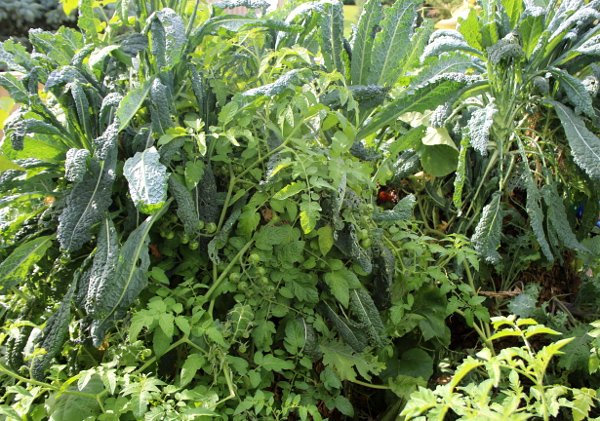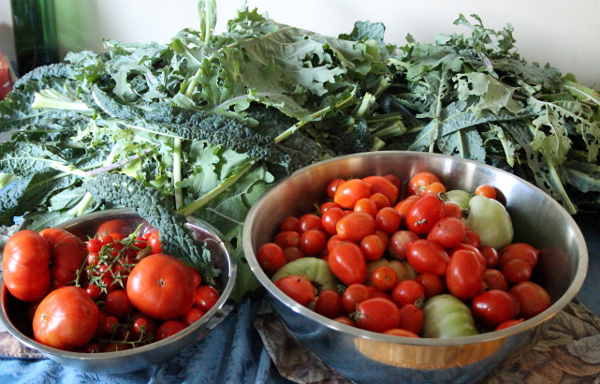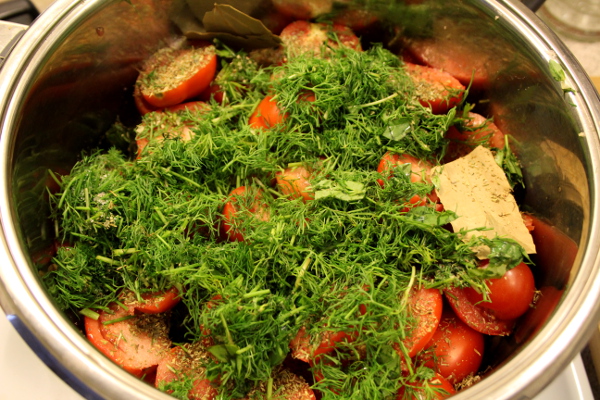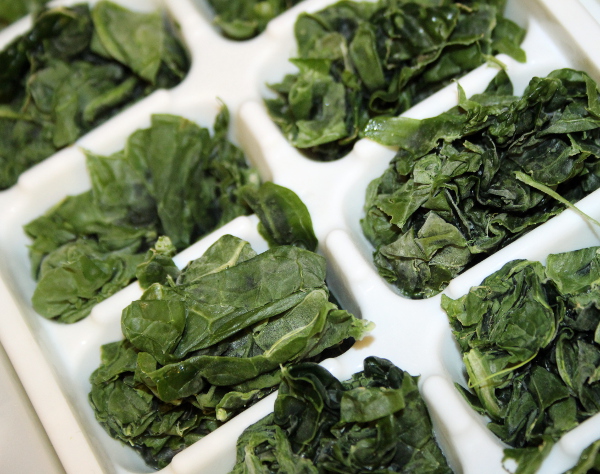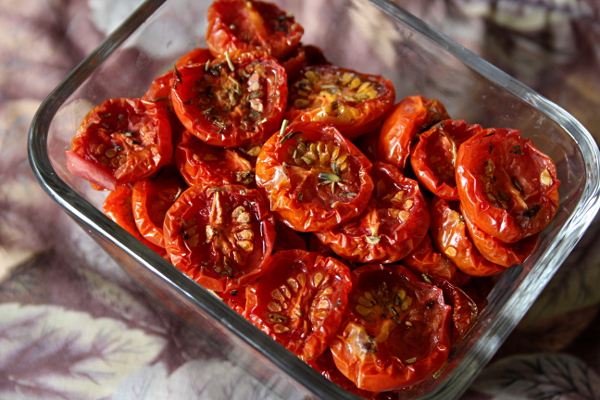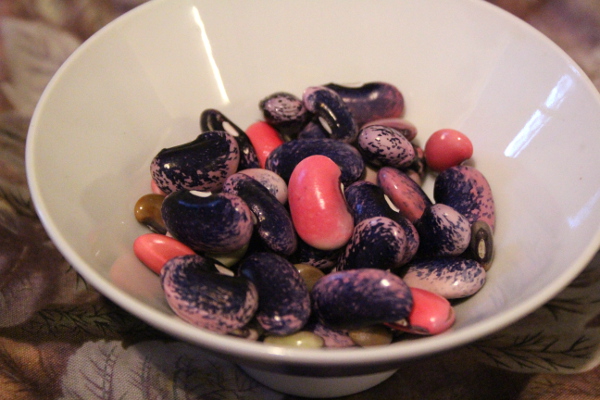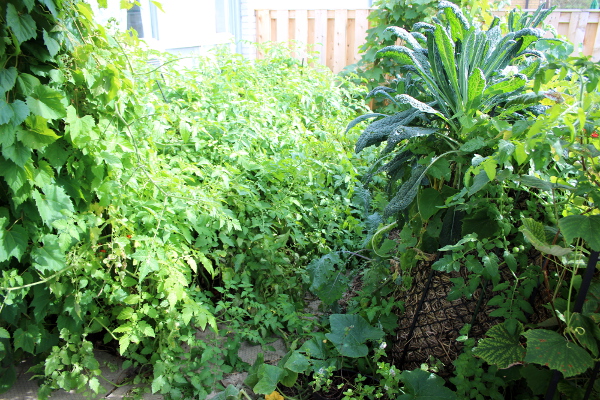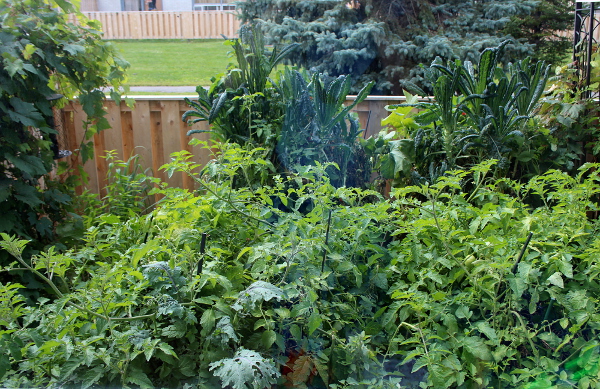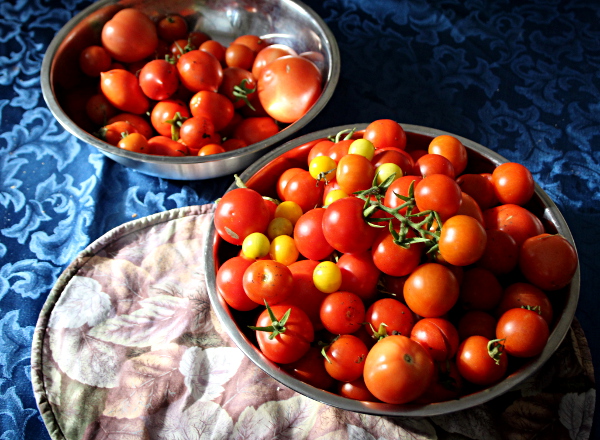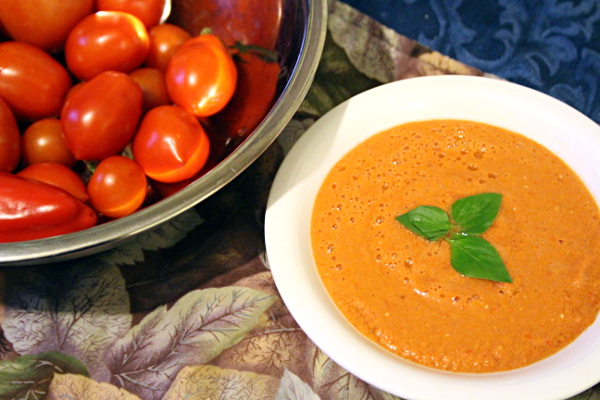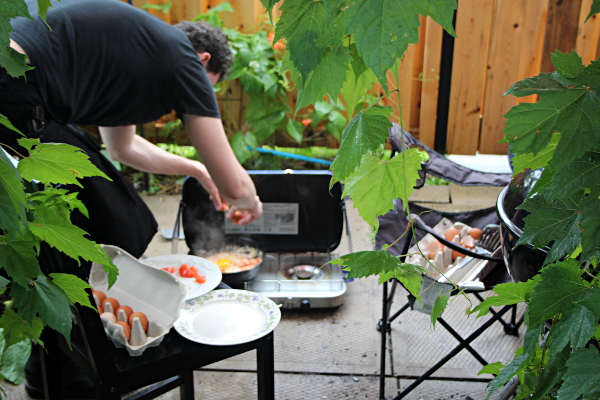Over the last few months, I have been asked several times to help with transitioning a family to a healthier lifestyle, especially as it relates to nutrition. Generally, the considerations of healthy choices for parents and young children, as well as budget and possible food sensitivities, shape the solution. Below are a few things that have worked for my family.
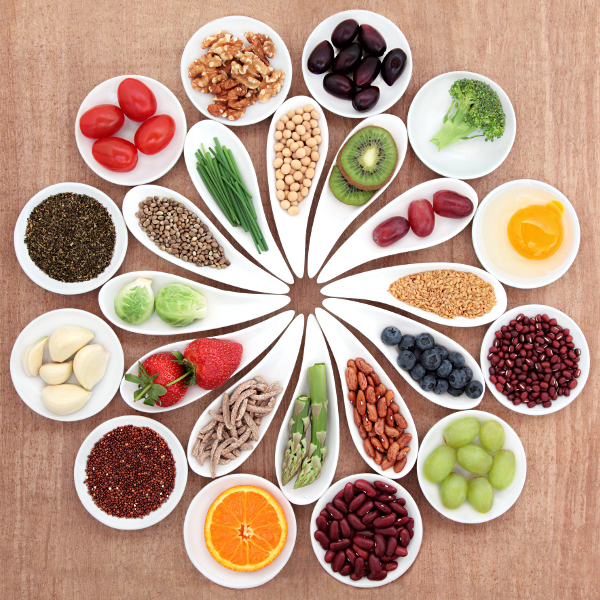
Just to give you a clear picture of our nutritional parameters at this point, one person in our family needs to stay free of gluten, cow dairy, and amaranth (which is present in many manufactured gluten-free foods and recipes). Another person is sensitive to beans and legumes, excluding green beans. These few sensitivities already eliminate so many possibilities from a standard American diet that they would seem daunting to most people. Thankfully, even before these food sensitivities showed up in tests, we have already chosen to follow a primal/paleo-style diet, making the additional adjustments a lot easier.
Our focus is on health. We do not restrict portions — in fact, since I’m nursing, I need extra nutrition to ensure that my own resources are not depleted. We do not obsess over weight. The results of the food sensitivity testing have given us a clearer view of our gut health. Via modifying our diet a bit further, we are looking to heal the gut. Once that’s done, we can try re-introducing some offending foods on a limited basis to see if (a) they cause any issues, and (b) we still enjoy them.
We do avoid
- processed foods, even if marked gluten-free
- sugary foods
- cow dairy
- non-fermented soy
- GMO-containing foods
We do embrace
- organic vegetables, greens, fruit and berries
- antibiotic- and hormone-free meat
- free-range eggs
- occasional seafood, preferably wild
- occasional goat yogurt and soft or hard goat cheese
- buckwheat, quinoa, rice (including rice noodles and rice pizza crust)
- healthy fats (coconut oil, good-quality olive oil, and avocados)
- bone broth
- green smoothies
- organ meats (liver, kidneys, oxtail, pig legs, etc.)
- nuts and seeds
- quality spices
- fermented foods (kimchi, sourkraut)
Budget considerations
We buy beef in bulk once a year in the fall from a local farmer and store it in the chest freezer. Throughout the year, we buy the rest of the meat and eggs from a local farm that does not use antibiotics or hormones, with a large part of animal food coming from grazing. We place an order about every 3 weeks when we are running out of eggs. Fish we buy on occasion and prefer wild Alaskan sockeye salmon that has a short life span (doesn’t have time to accumulate lots of contaminants), is not a predator (doesn’t consume other fish incorporating their contaminants), and is not subject to farming practices.
For the vegetables and fruit, we get a weekly all-organic vegetable and fruit box delivered, with mostly local seasonal produce. We can adjust the contents of the box online to include more of what we need. Ordering online and/or on sale allows for tighter budget control — if you don’t enter a grocery store often, you are less likely to buy things you don’t need. If we do shop at a grocery store, we stick to food that can go bad and rarely venture into the inner isles. In summer, we also have a garden that provides us with lots of greens, herbs, and fresh vegetables.
We get coconut oil and a few other staples at Costco or online. Whatever additional produce we need to pick up during a week, we aim to buy organic at Loblaws or local health stores like Rainbow Foods or Herb & Spice.
A simple approach to daily meals
Breakfasts are easy:
- Eggs with variations. You can add chopped up veggies, ground meat, sausage, bacon, fish. You can make a scramble with paprika, coriander, fresh-ground black pepper, sea salt, or try cinnamon for a sweeter option. Lots of opportunities to integrate leftovers into an egg-based breakfast, you can bring in broccoli, mushrooms, peppers, etc. The variations are endless. Eggs are a powerhouse of nutrients, and there are recipes (such as egg muffins or egg zucchini loaf) where you can replace grains with eggs).
- Buckwheat with raisins, berries or nuts and coconut oil.
- Quinoa with chopped up veggies and greens, or with berries and fruit pieces.
- Goat milk yogurt with berries or nuts and a sprinkle of cinnamon.
- Oat-banana pancakes.
All of these are popular with our kids. We also give them a daily dose of probiotics by mixing it in water (for the baby) or in apple sauce (for older child). They also get vitamin D daily (a higher dose during the long Canadian winter) and the older child gets an EFA supplement and vitamin C.
For lunch, we often do pureed soups from sweet potato, beets, turnips, squashes – whatever is in season. The chest freezer comes in handy for storing these — in the morning, I pull out portions of whatever soup strikes our fancy on a particular day.
Lots of times lunch consists of leftovers from dinner. I often cook in advance, which means we have a variety of protein and veggie options in the fridge ready to be combined for whatever meal we want. I generally base each meal on a protein: eggs, meat, seafood. Then I add lots of veggies – stir-fried, steamed, roasted, fresh. Our staples are sweet potatoes, beets, green beans, mushrooms, bell peppers, tomatoes, broccoli, cauliflower, cabbage.
Dinners often include roast meat or fish, or ground meat cooked with spices, stir-fries, salads, stews, steamed veggies. I love Thai cuisine, so curries and rice noodle dishes make an appearance often. We use olive oil, vinegar, avocado, sesame oil, lime and lemon juice for salad dressing, instead of buying store-based ones. Sometimes I venture into recreating a staple such as pizza by using rice or cauliflower crust, organic tomato sauce, fresh veggies, ground meat or sausage pieces, and shredded goat cheese, or remember one of my Russian recipes, such as borsch or marinated eggplants, to add more variation.
We always have lots of different nuts and seeds on hand for snacking and adding to salads, stir-fries, yogurt. Mark’s Daily Apple has great guides to nutritional content of nuts and seeds.
Some of our usual snacks
- We make smoothies with kale, spinach, other greens, adding in an apple or a banana to sweeten, frozen berries, and hemp, chia or ground flax seed for additional nutrition.
- Cut up veggies (carrots, bell peppers, celery, cucumbers, broccoli, cauliflower, etc.) with hummus.
- Apple or pear slices with almond butter.
- Olives and pickles.
- Fresh and dried fruit and berries.
- Avocados with freshly-ground black pepper.
- Nuts and seeds.
- Dark chocolate.
Habit creation
One of the first steps to transitioning to better nutrition is to stop buying junk food. If it’s not in your house when you are hungry, you are not going to eat it. Another step is not to succumb to convenience of getting pizza or fast food delivery – instead, keep your freezer stocked with ready-to-heat healthy prepared meals. All you have to do is make a bit extra whenever you cook and freeze it. It comes in very helpful if you or the children are sick and you have less time to cook — feeding your family nutritious meals instead of conveniently-available junk will speed up their recovery. Eating out often or impulsively getting food delivered is also a sure way to go over budget.
People are creatures of habit. When you create the habits of healthy eating, you would have mastered the transition. People are also lazy creatures, in that we are looking for the most efficient and least time-consuming way to do things. Make it easy for yourself to not eat junk food or order in, by having healthy, quick and easy meal options in your fridge or freezer instead.
There are books written on this subject and it’s easy to keep going, but I think I’ll stop here. There are lots of organizational and budgeting nuances and culinary possibilities, but my formula is to start with non-contaminated ingredients, cook them lovingly, share them with my loved ones, and save some for the future.
What are your strategies for better nutrition?






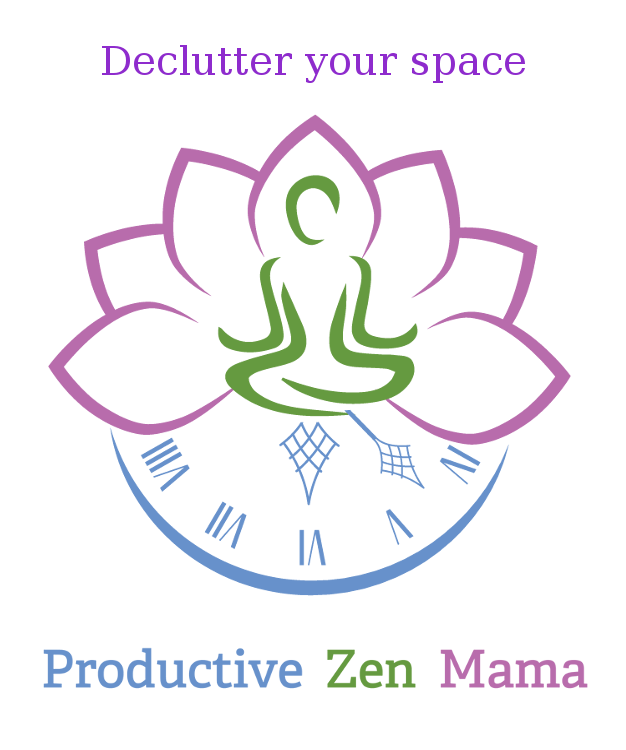
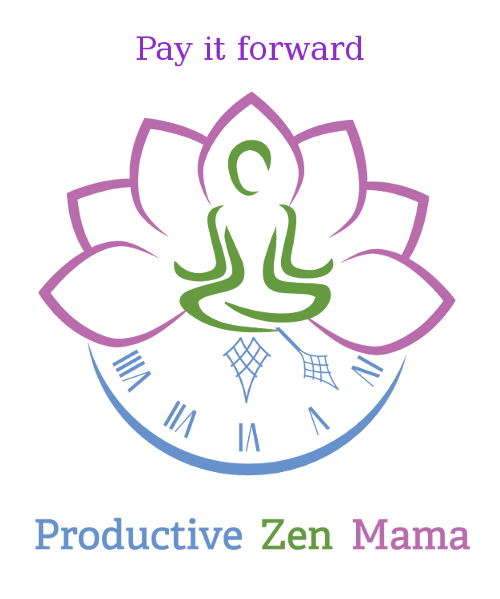
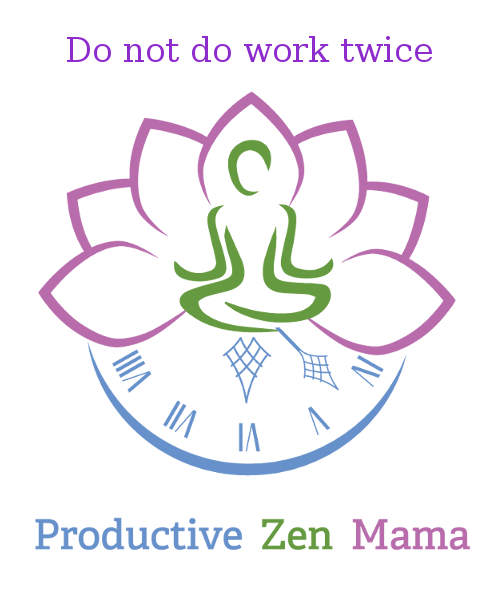
![never-ending-sotry-as-adult-1393712914[1]](http://fingeringzen.com/wp-content/uploads/2015/01/never-ending-sotry-as-adult-13937129141.jpg)



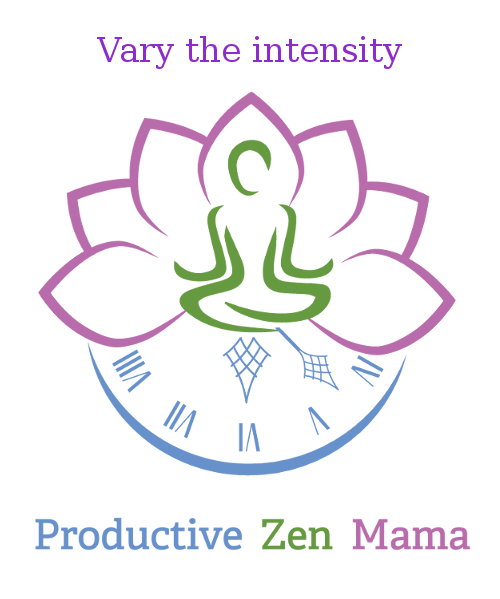


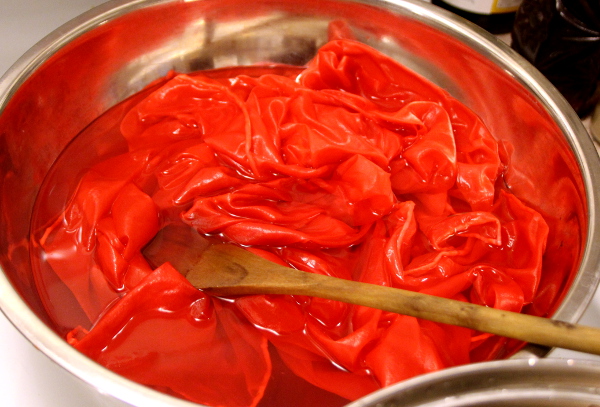
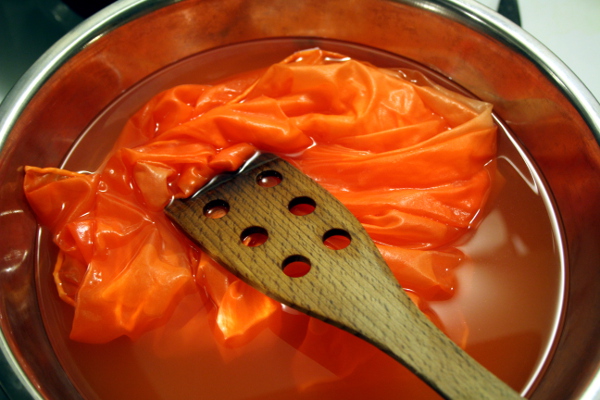
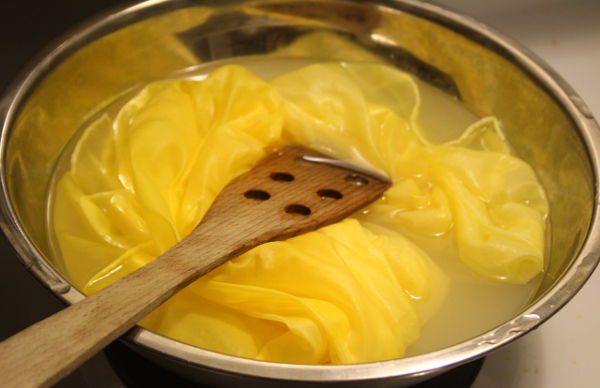
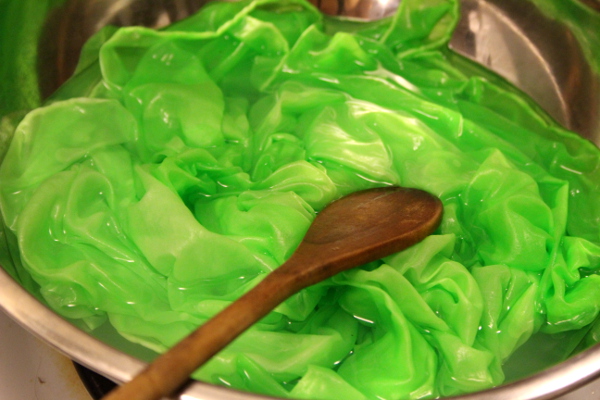
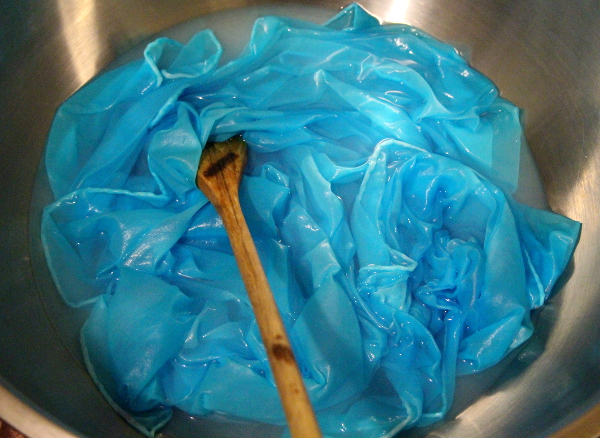

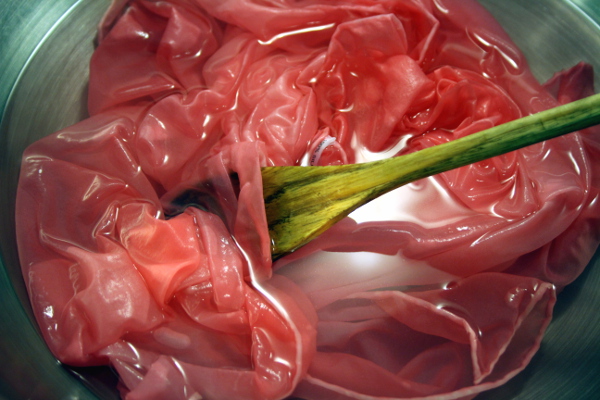
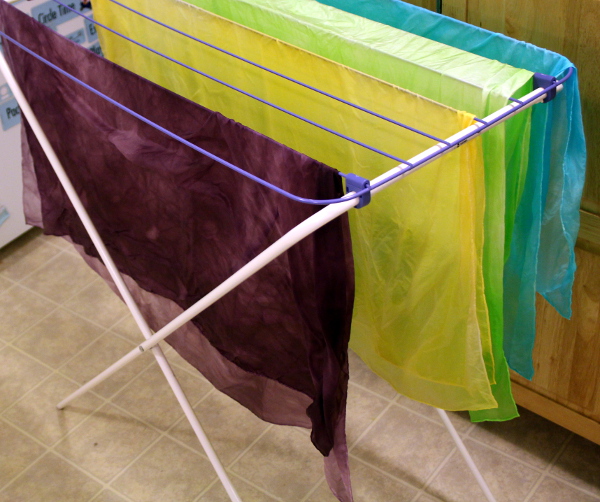
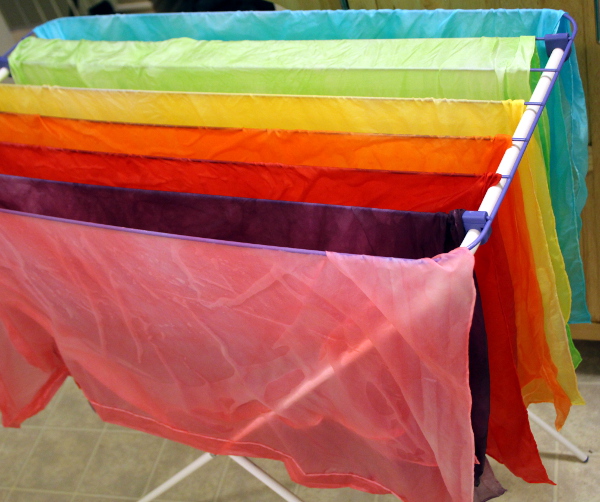

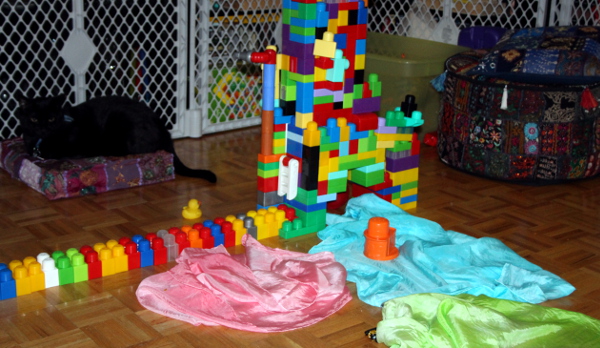
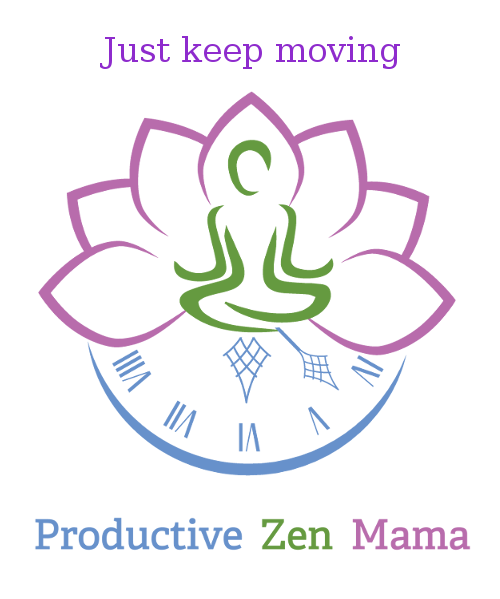
 This past week has marked the seventh wedding anniversary for me and my partner. It came just a few days after our second baby turned a year old. To my surprise, most people reacted strangely to me saying that I feel a strong need to acknowledge and celebrate this milestone. They either congratulated us on avoiding relationship problems so far or mentioned a “seven-year itch” with a knowing smirk.
This past week has marked the seventh wedding anniversary for me and my partner. It came just a few days after our second baby turned a year old. To my surprise, most people reacted strangely to me saying that I feel a strong need to acknowledge and celebrate this milestone. They either congratulated us on avoiding relationship problems so far or mentioned a “seven-year itch” with a knowing smirk.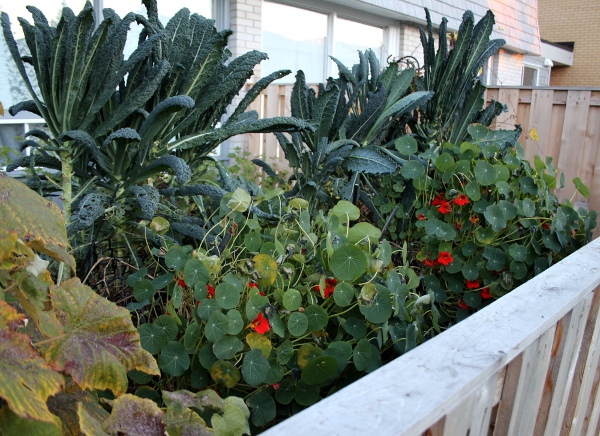
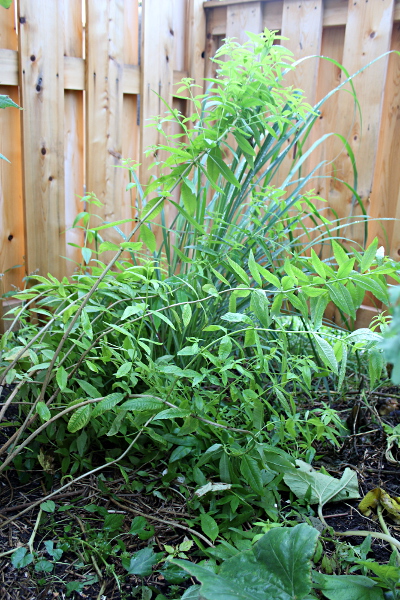
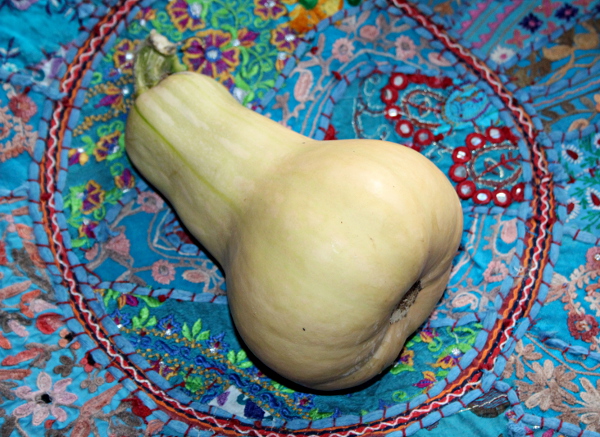

 So many emotions are coursing through us in these early postpartum days, not all of them positive. We might be experiencing frustration, helplessness, fear, feelings of incompetence or anger. Be sensitive to your state and make a conscious effort to not express the negative emotions in the interactions with your baby. The more you smile and speak the words of love, the lighter will your mood be and the easier you will find it to go through a day at times of doubt.
So many emotions are coursing through us in these early postpartum days, not all of them positive. We might be experiencing frustration, helplessness, fear, feelings of incompetence or anger. Be sensitive to your state and make a conscious effort to not express the negative emotions in the interactions with your baby. The more you smile and speak the words of love, the lighter will your mood be and the easier you will find it to go through a day at times of doubt.